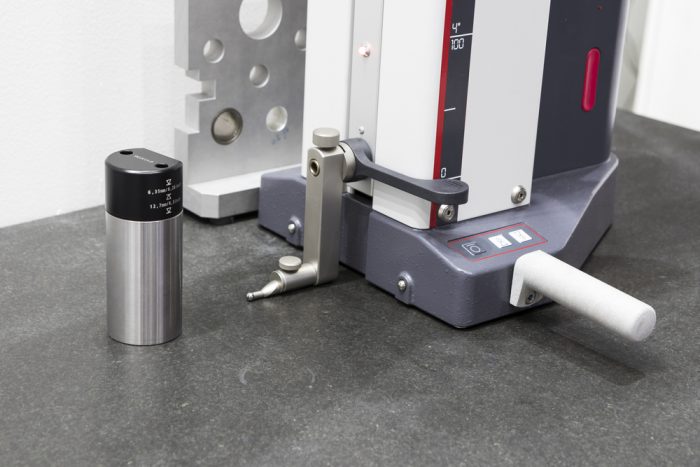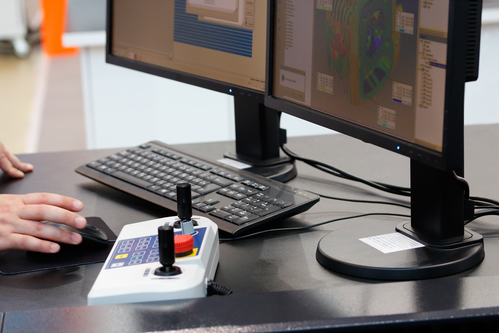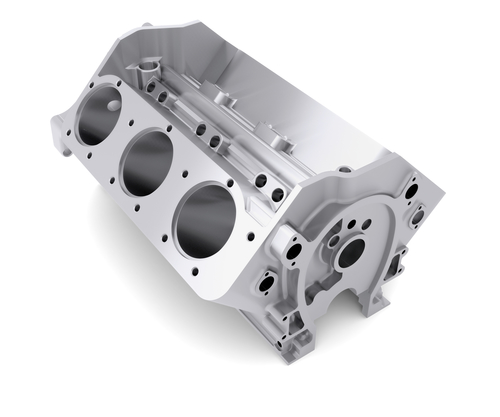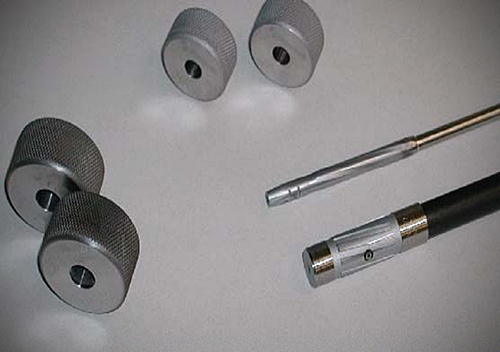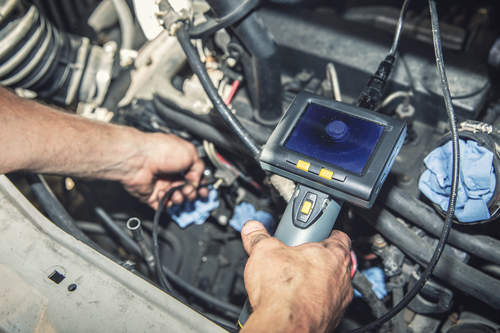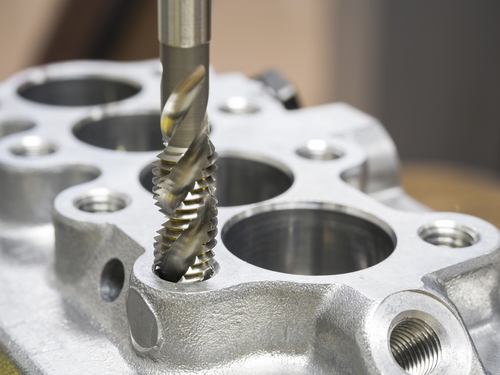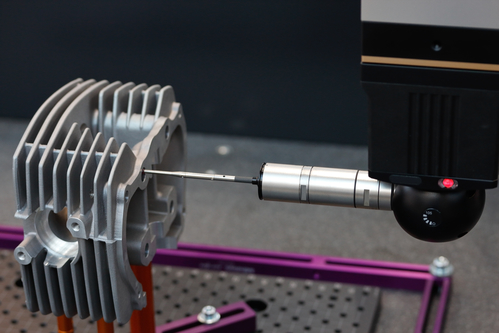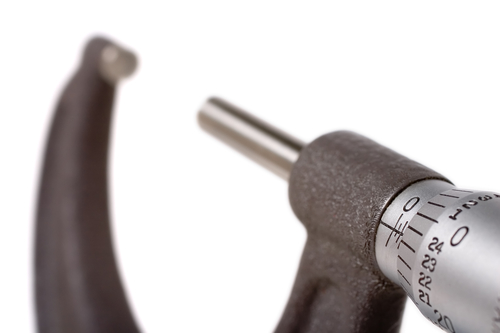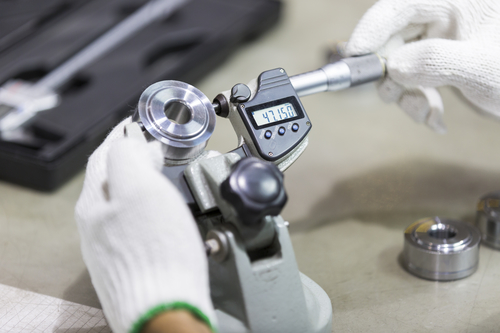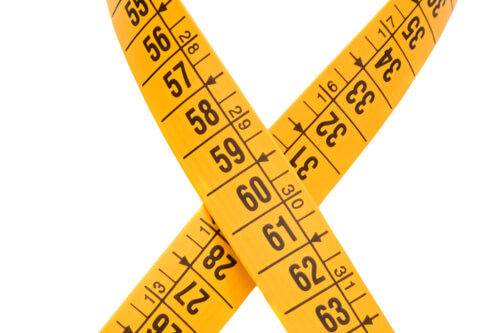Air gaging is a useful and effective method to measure hard to reach spaces such as small holes. Air gages have the additional advantage of being easy to use and are very flexible. Air gages are non-contact measuring devices and they are useful for measuring objects and surfaces that are extremely sensitive. When you are using air gages, there are some things that you need to keep in mind in order to produce the most accurate results possible.
Understand What You Are Measuring
Although this sounds obvious, it is not always the case that operators are clear on what they are measuring. Air gages can measure a variety of things including diameters, partial diameters, squareness, straightness, and more. Understanding what you want to measure will determine the usefulness of the data you get from the process.
Where Are You Measuring?
Air gages and the air jets that they use can measure a wide variety of spaces. One of the rules of air gaging is that the air jets have to be covered by the surface that it is measuring. When using an air gage, it is critical to understand that the air needs a path in order to accurately measure the dimensions of a hole. When you are measuring a blind hole, it can pose certain challenges.
Consider the Surface being Measured
When using an air gage, the finish (or roughness of the surface) will also have an effect on the reading that you get from the measuring device. If you were to use a contact-type gage to take the same measurement, there is a possibility that the two readings will be completely different.
Backpressure May Delay the Process
For an air gage to work properly, it is essential for the air channels and the air pipe in the machine to fill up due to the back pressure. This back pressure is created when the airflow from the jets are restricted by the part being measured. If the air pipes are long, this process can take a while, and in certain applications such as high-speed automated gaging, it might lead to incomplete results. One way to solve this problem is to bring the converter as close to the surface being measured as possible to reduce the length of the air pipes. The second way is to ensure that the air in the tool does not flow out of the part between measurements. This means that the air hoses take a shorter time to fill up as they would already have a significant amount of air from previous measurements.
Altitude Matters
The height of your location plays a part in the performance of your air gage. This is because air is thinner at higher altitudes and this can affect the performance of the equipment. Since most air gages are custom made for specific tasks, ensure that you ask your supplier to take the altitude of your location into consideration when calibrating the machine. This is also something to keep in mind when moving the equipment from one manufacturing plant to another.






